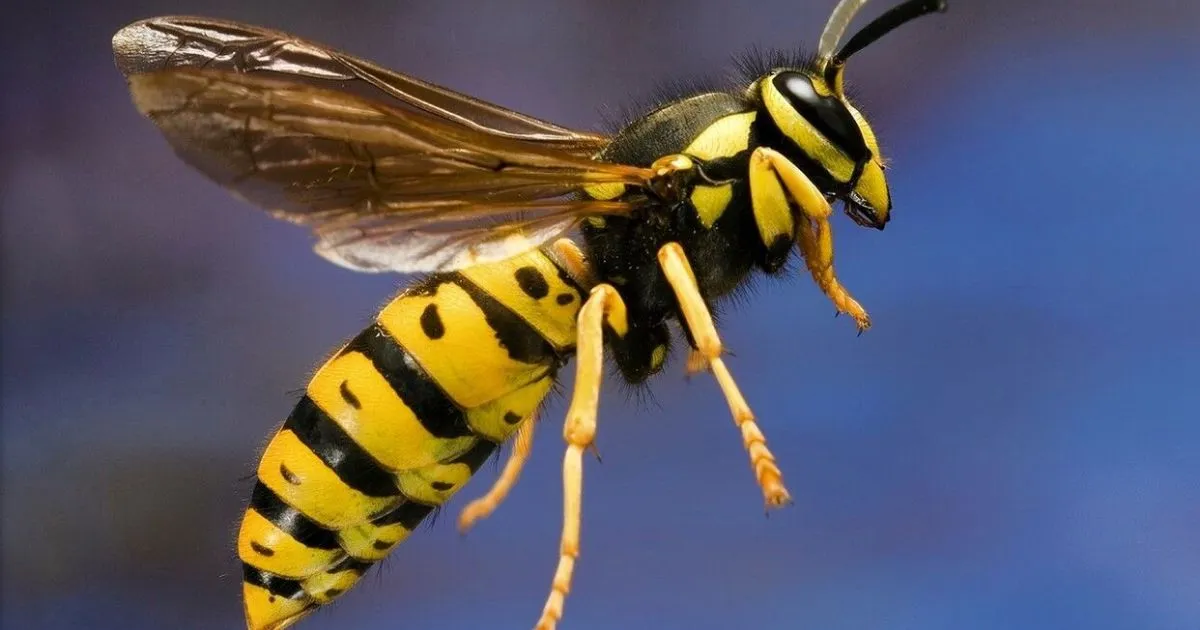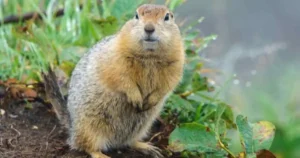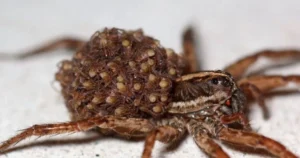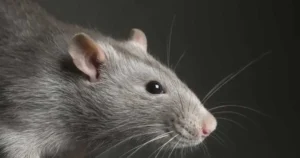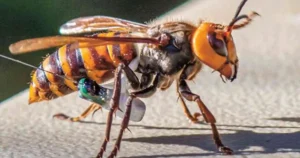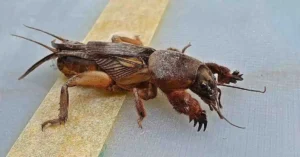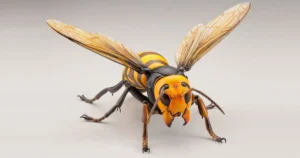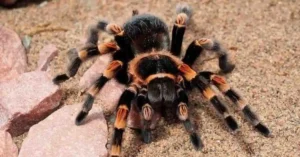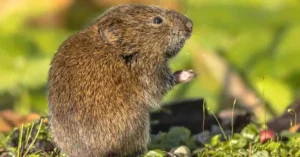Wasps, though beneficial for the ecosystem as natural pollinators and predators of harmful insects, can pose significant risks when they invade human spaces. Their aggressive nature, painful stings, and tendency to build nests in residential or recreational areas make them a common concern for homeowners. This comprehensive guide will walk you through effective ways to remove wasps, prevent their return, and maintain a safe and comfortable environment.
Understanding Wasps: Why Do They Invade?
Wasps are attracted to environments that offer food, water, and nesting sites. Identifying these attractions is key to addressing the root of an infestation.
Common Attractants for Wasps
- Food Sources: Sugary drinks, leftover food, open garbage bins, and pet food can attract wasps. Sweet smells, in particular, lure them into human activity areas.
- Water Availability: Standing water from leaky faucets, birdbaths, or damp areas provides hydration for wasp colonies.
- Shelter: Wasps often seek structural voids, attics, and eaves to build their nests. Outdoor spaces like trees, bushes, and unused equipment also serve as potential sites.
Types of Wasps
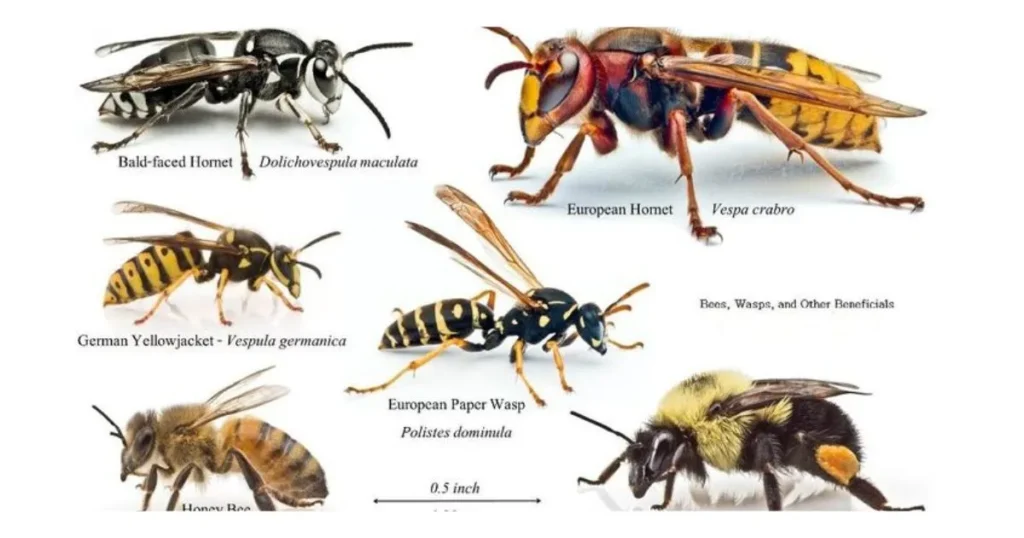
Understanding the species you’re dealing with can help in selecting the best control strategy:
- Yellowjackets: Highly aggressive and known for building large nests underground or in wall cavities.
- Paper Wasps: Identified by their umbrella-shaped nests, they are less aggressive but still pose a threat if provoked.
- Hornets: Larger and more aggressive, their nests are typically aerial and found in trees or high places.
How to Identify a Wasp Infestation
Detecting a wasp problem early prevents escalation. Signs include:
- Increased Wasp Activity: Frequent sightings around food sources, garbage, or water.
- Visible Nests: Paper-like nests hanging under eaves, branches, or inside wall voids.
- Buzzing Sounds: Persistent buzzing in specific areas may indicate hidden nests.
Inspect your property thoroughly, focusing on common nesting spots like eaves, garages, garden sheds, and attic spaces.
Safe and Effective Wasp Removal Strategies
Addressing a wasp infestation requires caution and a clear strategy. Below are methods to tackle wasps while minimizing risks.
1. Use Protective Gear
Always prioritize safety when dealing with wasps. Wear thick clothing, gloves, and face protection to reduce the risk of stings.
2. Wasp Sprays and Insecticides
Chemical sprays designed for wasp control are highly effective. Tips for usage:
- Apply sprays at night when wasps are less active.
- Stand at a safe distance to avoid aggressive reactions.
3. Set Up Wasp Traps
Wasp traps lure and capture wasps using sweet baits. Commercial and DIY traps are both effective:
- Commercial Traps: Available at hardware stores, often pre-filled with attractants.
- DIY Traps: Made by cutting a plastic bottle in half, inverting the top, and filling it with sugar water.
4. Natural Wasp Repellents
For a chemical-free approach, consider natural deterrents:
- Essential Oils: Peppermint, clove, and citronella oils repel wasps. Mix with water and spray around your home.
- Vinegar Solutions: A mixture of vinegar, water, and a few drops of dish soap can act as a natural wasp killer.
5. Nest Removal
Physically removing a nest should be your last resort and only after ensuring it’s inactive:
- Spray the nest with insecticide and wait 24-48 hours.
- Use a long stick or specialized tools to dislodge the nest.
- Dispose of the nest in a sealed plastic bag.
6. Smoke and Heat
Smoke drives wasps away from nests. Lighting a small fire under the nest or using a smoke machine can encourage wasps to abandon the area.
Long-Term Strategies to Prevent Wasp Infestations
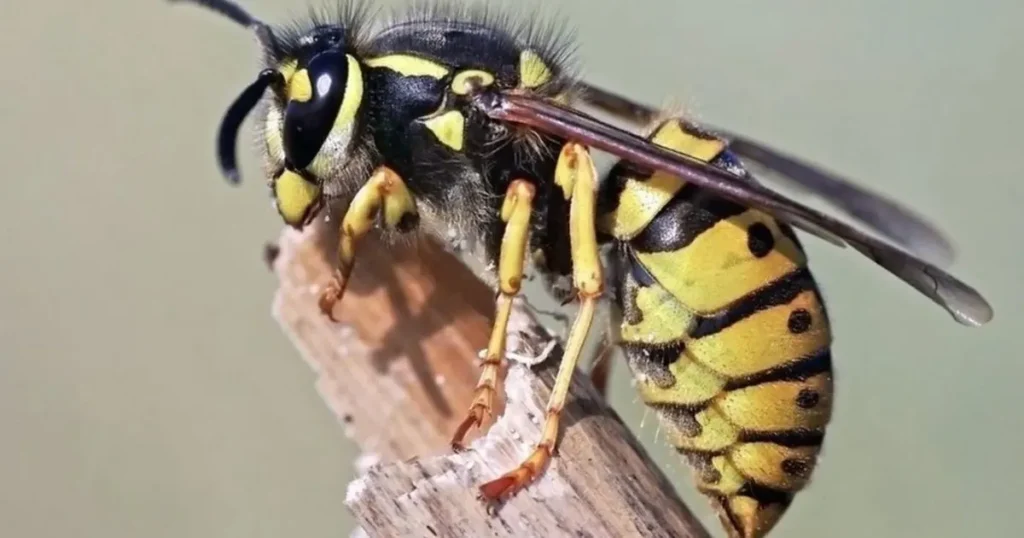
Prevention is more effective and less stressful than removal. Adopting these practices will help you keep wasps away for good.
1. Seal Gaps and Entry Points
Inspect your home for potential entry points and seal them with caulk or mesh:
- Focus on cracks in walls, gaps around windows and doors, and open vents.
- Install fine mesh screens on windows and chimneys.
2. Maintain a Clean Environment
Wasps are drawn to food and waste, so cleanliness is essential:
- Regularly clean outdoor dining areas.
- Store trash in tightly sealed containers.
- Avoid leaving pet food or birdseed out for extended periods.
3. Control Landscaping
Maintaining your yard minimizes potential nesting sites:
- Trim shrubs, hedges, and trees.
- Remove overripe fruits and fallen leaves promptly.
- Reduce clutter, such as unused equipment or firewood.
4. Set Up Decoy Nests
Wasps are territorial and avoid areas with existing nests:
- Hang decoy nests around your property.
- Replace them every season for continued effectiveness.
5. Eliminate Water Sources
Remove standing water by fixing leaks, emptying unused containers, and ensuring proper drainage.
When to Call Professionals
Certain situations demand professional intervention:
- Large Infestations: Extensive colonies that are difficult to manage independently.
- Hard-to-Reach Nests: Nests located in attics, walls, or high places.
- Allergy Risks: If someone in your household is allergic to wasp stings, it’s safer to hire experts.
Professional pest control services use advanced equipment and methods to handle wasps efficiently, ensuring minimal disruption to your home.
Seasonal Wasp Control Tips
Different seasons require tailored approaches to manage wasps effectively:
- Spring: Focus on early prevention by inspecting your property and sealing gaps.
- Summer: Be vigilant about food waste and outdoor activities, as wasp activity peaks.
- Fall: Expect increased aggression as wasps prepare for winter. Be cautious around sweet foods and drinks.
Eco-Friendly Wasp Control Alternatives
For environmentally conscious homeowners, several eco-friendly solutions exist:
- Plant Repellents: Grow herbs like mint, thyme, or eucalyptus to naturally deter wasps.
- Compost Management: Properly manage compost to reduce organic waste odors.
- Solar-Powered Repellents: Use eco-friendly devices that emit sounds or lights to scare away wasps.
Conclusion
Managing wasps effectively involves understanding their behavior, using appropriate removal techniques, and adopting preventive measures. Whether you choose chemical sprays, natural deterrents, or professional help, addressing the issue promptly ensures safety and peace of mind. With the right strategies, you can create a wasp-free environment and enjoy your outdoor spaces without worry.
FAQs
Why are wasps attracted to my yard?
Wasps are drawn to sugary foods, open garbage, water sources, and sheltered nesting sites. Addressing these attractants reduces their presence.
Can wasps damage my home?
While wasps don’t typically cause structural damage, their nests in walls or attics can lead to long-term issues if not removed.
How can I prevent wasps from returning?
Seal entry points, maintain cleanliness, eliminate water sources, and use deterrents like essential oils or decoy nests.
Is it safe to remove a wasp nest myself?
Removing a nest can be risky. Always wear protective gear and consider professional help for large or inaccessible nests.

James William is a passionate animal lover and expert in the Animals and Pets niche. With years of experience in pet care, wildlife studies, and blogging, James shares practical tips, heartwarming stories, and expert advice to help pet owners build stronger bonds with their furry, feathered, and scaly companions.
